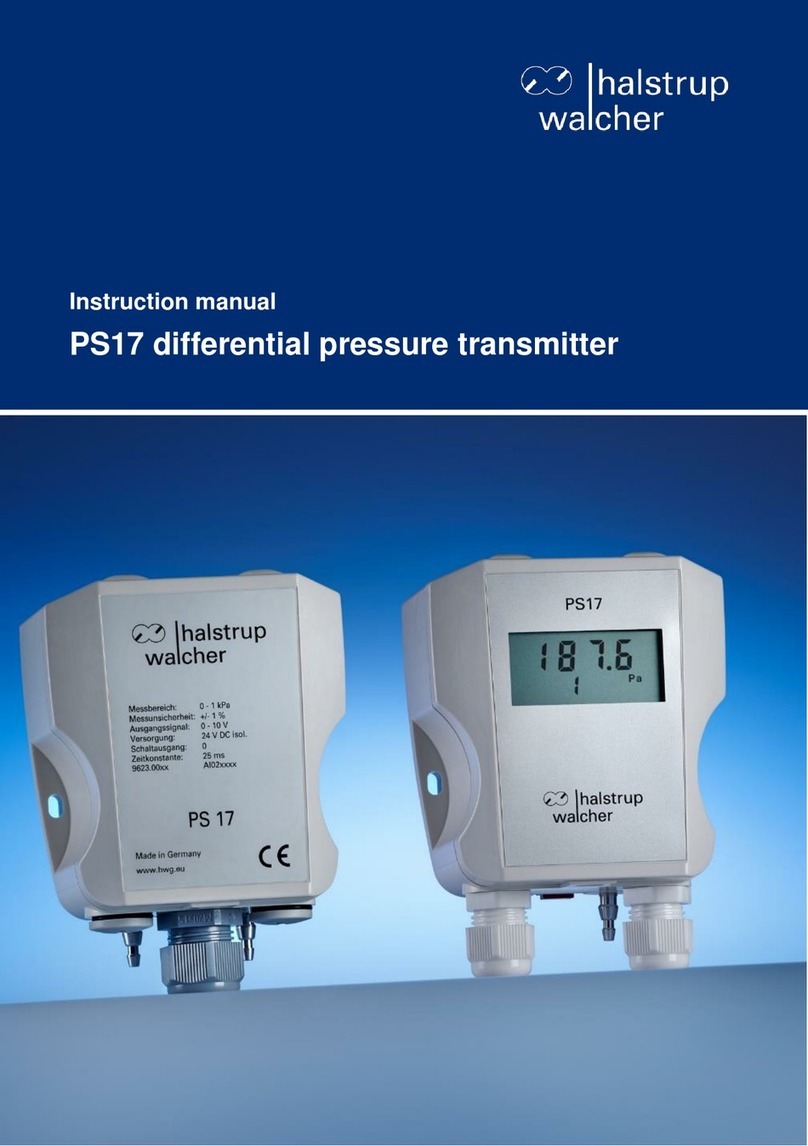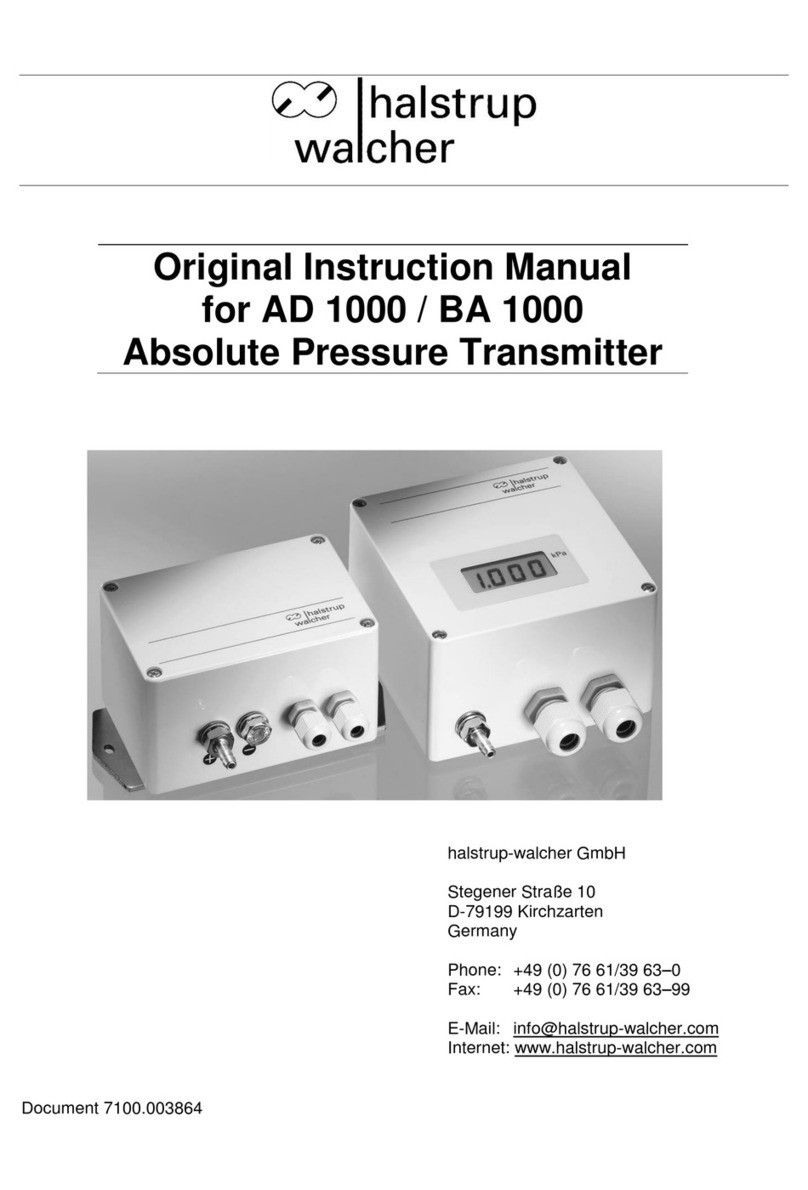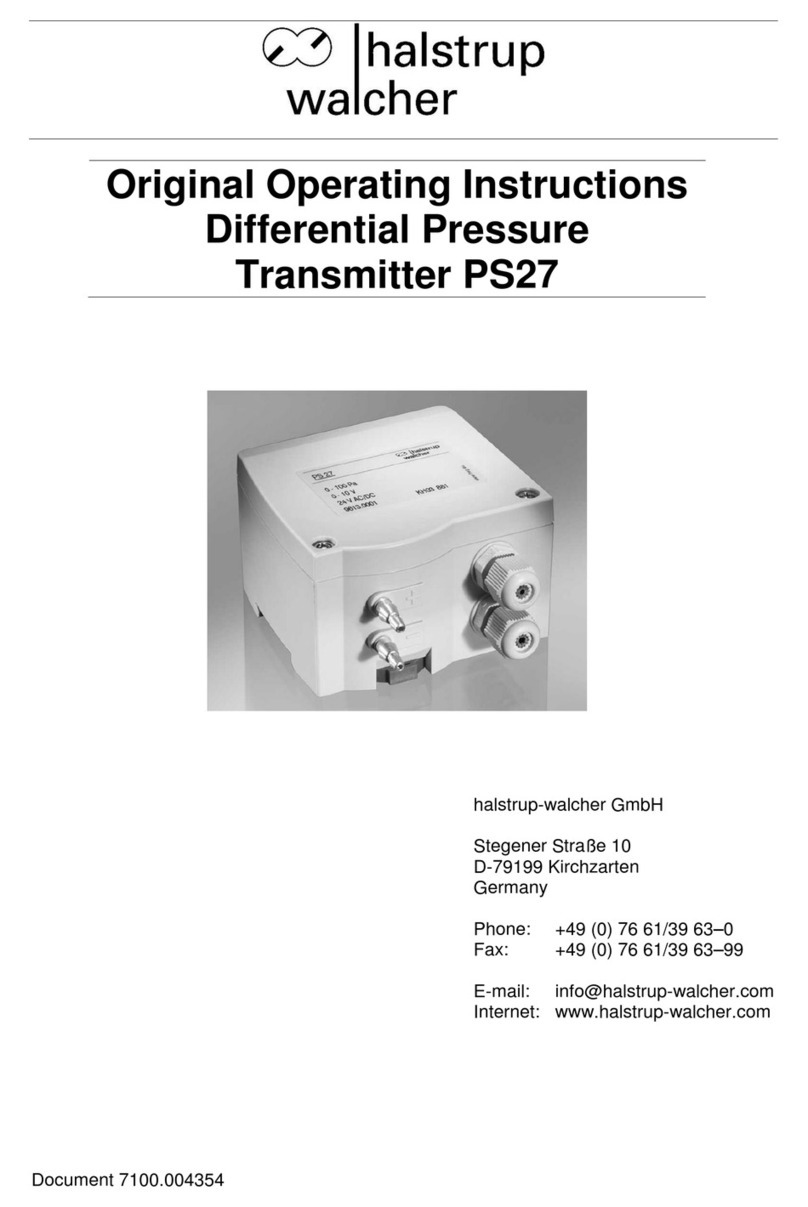P26 Instruction Manual
3
7.3.1.4 Σ(abs ΔP).....................................................................................................18
7.3.2 Mass/Pulse or Vol./Pulse........................................................................................19
7.3.3 Pulse output............................................................................................................19
7.3.3.1 Pulse length .................................................................................................19
7.3.3.2 Pulse interval................................................................................................19
7.3.4 Filter........................................................................................................................19
7.3.5 Reset sum...............................................................................................................19
7.3.6 Old sum..................................................................................................................19
7.3.7 Recall Sum .............................................................................................................19
7.3.8 Security code..........................................................................................................19
7.4 Warning........................................................................................................................20
7.4.1 Mode.......................................................................................................................20
7.4.2 Value ......................................................................................................................20
7.4.3 Hysteresis...............................................................................................................20
7.4.4 Tv delay time ..........................................................................................................20
7.4.5 Tn stopping time (from Rev2.11).............................................................................21
7.4.6 Warning signal........................................................................................................21
7.4.7 Filter(from Rev2.14)................................................................................................21
7.5 Setting..........................................................................................................................21
7.5.1 Language................................................................................................................22
7.5.2 Output.....................................................................................................................22
7.5.3 Filter........................................................................................................................22
7.5.4 Touchtone...............................................................................................................22
7.5.5 Resolution...............................................................................................................22
7.5.6 Zeroing ...................................................................................................................22
7.5.7 SMU (creep suppression) .......................................................................................22
7.5.8 Illumination..............................................................................................................23
7.5.9 Colour change ........................................................................................................23
7.5.10 Brightness.............................................................................................................23
7.5.11 Contrast................................................................................................................23
7.5.12 Read factory settings ............................................................................................23
7.5.13 Code?...................................................................................................................23
7.6 Operation.....................................................................................................................23
8 Interfaces (optional)...........................................................................................................24
8.1 Settings of the serial interface......................................................................................24
8.2 Settings of the USB port...............................................................................................24
8.3 List of commands.........................................................................................................25
9 Technical data...................................................................................................................28































